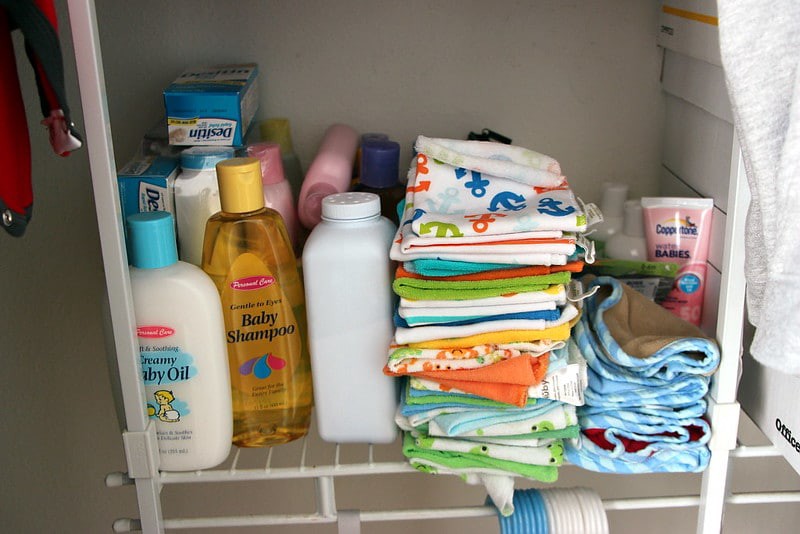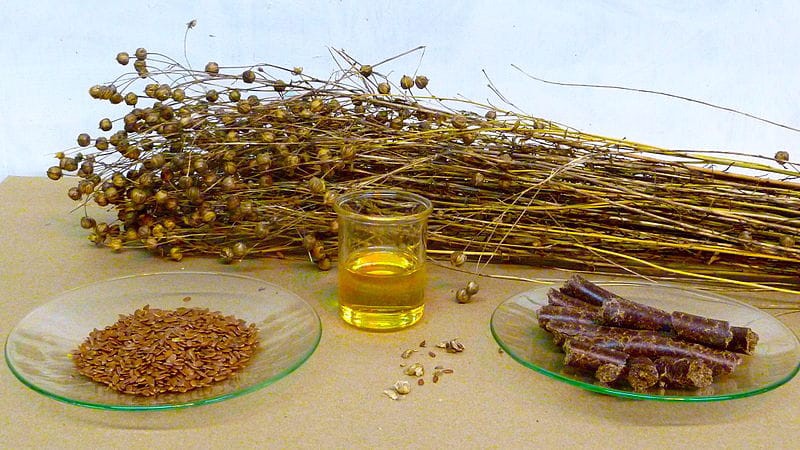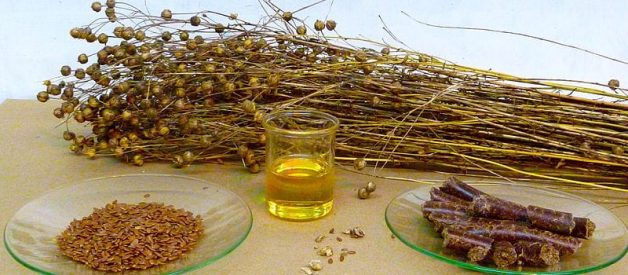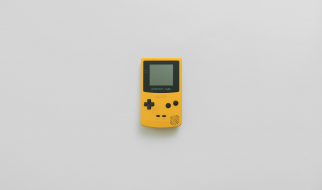
Preserving the lifespan of your oil paint brushes is no small feat. In order to get the most out of your beautiful paintbrushes, you need to treat them well. Taking care of your paintbrushes involves a few key steps. However, the most important factor is knowing how to clean an oil paintbrush. Keeping your paintbrushes clean can be hard work, but it is absolutely worth the effort. Making sure that you clean oil-based paint brushes without paint thinner can allow them to last you for years.
A common approach to cleaning oil paint brushes is the use of turpentine or other oil paint thinner. This is effective but comes with its own set of problems. The majority of people do not like to expose themselves to these harsh chemicals on a regular basis. Oil paint thinners come with moderate risks if you are exposed to them frequently, particularly in areas with poor ventilation. While some do not mind this, others are looking for alternative methods. Knowing how to clean an oil paintbrush without using these toxins is something that every painter should know.
No one wants to be breathing in chemicals on a regular basis. This is problematic when brushes need to be cleaned every single day. While some swear that nothing works better than paint thinner, there are many alternate options available. This gives you the opportunity to preserve your precious paint brushes without necessarily having to risk your health. Results may vary depending on the brushes and paint, so feel free to experiment!

Using baby oil is a great alternative to cleaning your oil paint brushes
The Baby Oil Method
When you think about the process of how to clean oil-based paint brushes without paint thinner, it likely never occurred to you to use oil. This might seem a bit counterintuitive, but it?s actually remarkably effective. The reason why you can?t rinse oil paint brushes off with water alone is because of the oil. Since the paints have oil in them, the oil base naturally repels the water. This is what makes using a secondary kind of oil so brilliant. The baby oil method allows you to clean the brushes without using water until the work is mostly done.
In order to use this method, you will need to purchase some baby oil. Baby oil has a variety of health benefits and is safe to touch daily. In fact, this product is known for having several benefits to the skin. Most variations of baby oil include additional vitamins, which can be nourishing for skin after a long day of painting. This is a useful type of oil to keep on hand around the house. It is even a mild antiseptic that can help keep your brushes combat germs!
How to Use Baby Oil to Clean Your Brushes
To begin this method, you will want to coat your paintbrushes in baby oil. Do your best to make sure that the baby oil is spread across the brush. It is important to work the oil into the hairs to help them push away the paint. Your primary focus here will be to make sure that every bristle has been touched by the baby oil. This will help you get the most paint off quickly.
After you have coated the brush, you will start cleaning the bristles. Begin to use your fingers or a soft cloth to wipe the extra oil and paint from the hairs. Avoid breaking any bristles during this process. The best approach here is to make sure that you are slow and methodical. Focus on wiping from the base of the hairs to their tips in order to get any lingering paint. This will help to ensure that you don?t leave any behind.
It is likely that you will need to repeat the last couple of steps for the best results. After you wipe the bristles, you will need to add more oil and begin again. This will likely take a few rounds of the process before you get to where you want to be. Fortunately, baby oil is relatively cheap, making it an ideal option for this process.
Do This After Cleaning
After most of the paint has been cleaned from the brushes, you are ready to begin the final step. Once they are looking good, you can give them a slight soak in water with dish soap. To avoid damaging your brushes, use a small amount of dish soap. The dish soap will allow the water to penetrate the oil and remove the remaining paint. Once this is done, you can leave the paintbrushes out to dry.

Linseed oil is another great alternative to clean your oil paintbrushes.
Get Your Brushes Clean with Linseed Oil
This oil method is ideal for artists looking to sound a little more fancy. Linseed oil is another friendly oil option to cleaning oil paint brushes easily. In fact, linseed oil is found in both paints and soaps alike. Perhaps this is what makes this kind of oil such a great option for your paintbrush cleaning needs. When you are learning how to clean an oil paintbrush, this is another safe alternative to oil paint thinners!
Benefits of Linseed Oil
There are many benefits to linseed oil. It is a product that is known for uses from both product and paint perspective. This oil type is a known base for many products including paints, varnishes, and stains. It is also known for its impacts on skin and heart health. In fact, many believe that it has cancer-fighting properties! Most people don?t realize that linseed oil is actually commonly known as flaxseed oil.
This method is particularly effective for most people because it’s an easy everyday ingredient. In fact, given the health craze with flaxseed oil, it is readily available at your local grocery store. You can even buy it in bulk for an incredibly low price. Linseed oil is a quick and easy alternative to hazardous paint thinners because of its profound versatility.
Using Linseed Oil to Clean Your Oil Paint Brushes
To begin this process, you will first need to take your linseed oil and pour some on a piece of paper. This is most effective when you use any kind of rough paper rather than traditional printer paper. Place the brush bristles in the linseed oil. After you have soaked one side, begin to rotate the brush. Your goal here is to get as much oil on the brush as possible. Take care to effectively coat all of the bristles for the best possible results.
After the brush is thoroughly coated, you have a couple of options. You can repeat the previous process of rubbing off the excess oil and pigment until the brush is clean. However, if you are looking for more fun in cleaning oil paint brushes, you can paint instead. This is an effective method that allows you to get all of the hard to reach places. You will simply continue the process of coating the brush and then painting. This process can be continued until pigment stops coming off of the brush.
To conclude this process, you can paint until you no longer see any signs of pigment. However, if you would like to add a bonus step, you can always use soap and water. Just like with the baby oil, a little soap and water scrub can keep your brushes in pristine condition. This allows you to remove the majority of the pigment first. Afterward, you can top it all off with some dish soap and water!
Conclusion
Knowing how to clean an oil paintbrush is an important way to keeping them for the long term. By cleaning your brushes, you will maintain the structural integrity of the bristles. This means that you will not risk damage to the bristles by allowing paint to adhere to them. If you are looking to keep a smooth and even stroke, cleaning your brushes is absolutely key.
Failing to clean oil paint off brushes can ruin them very quickly. In fact, leaving paint on your brushes overnight is a near-death sentence that few come back from. In order to protect your investment, you will want to keep the bristles clean and healthy. This will allow you to use them for extensive periods of time. It will also protect them from additional wear and tear.
Whatever method you choose, make sure that it feels right for you. There are plenty of methods available that allow an alternative to paint thinners. For the sake of preserving your health and the integrity of your brushes, a more natural approach can be beneficial. You will never regret choosing a healthier alternative for your creative process!
If you want a BONUS tip to cleaning your oil paint brushes without turpentine, go here.
If you?re interested in painting, check out my other painting-related content:
- 5 Cool Easy Painting Ideas That Will Inspire You
- 30 Creative and Unique Watercolor Ideas For Beginners
- Oil vs Acrylic Paint: 10 Reasons Why Oils Are Better
- The Essential Encaustic Painting Supplies You Need
- 8 Color Theory Painting Exercises to Improve Your Paintings


